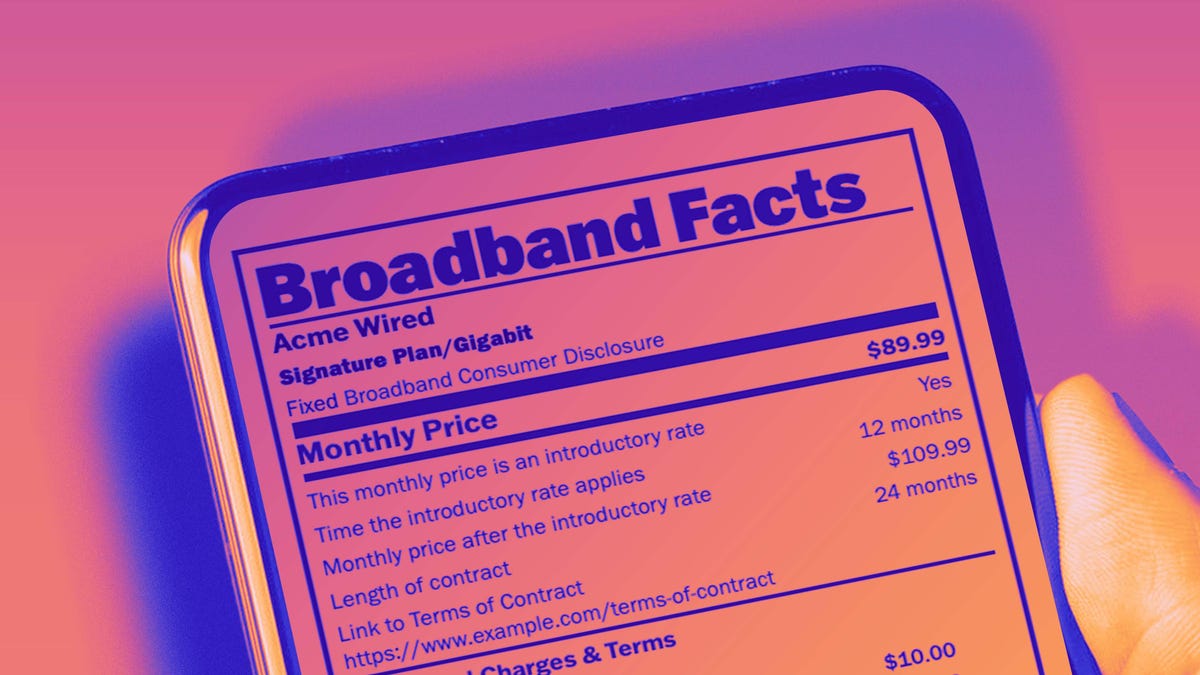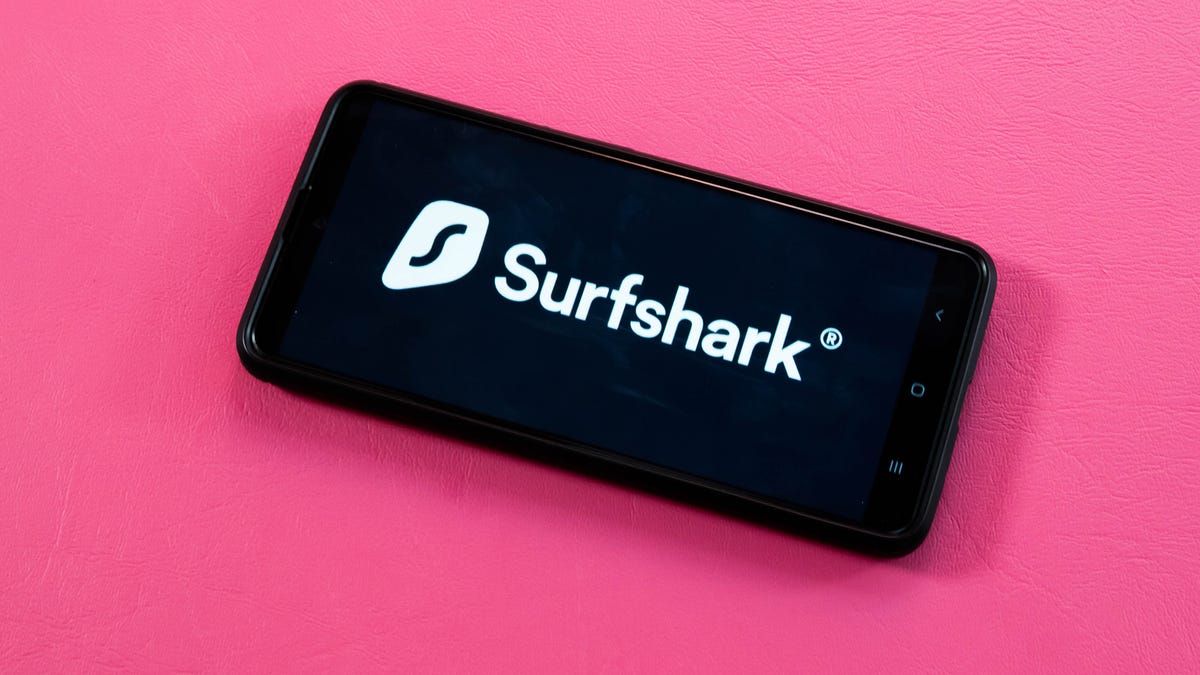I'd always believed that if I started to learn how to code when I was younger, I'd probably be pretty good at it and could have even made a career out of it if I wanted. That's not what happened, and I'm fine with that. It's true that I've taken courses for some basic coding skills and managed to pick up some rudimentary Python and Linux knowledge from installing custom ROMs on my Android phones way back when. But if I were asked to build something -- anything -- from scratch out of any language, it'd never happen.
When I first heard about vibe coding, I thought it'd never get past being an aid for people who knew how to do the real thing -- an assist for the already-talented coders, making basic tasks even easier for them. For the most part, that's exactly where we are with vibe coding. But for someone with absolutely no experience whatsoever, "basic" might be all you need to create something you otherwise wouldn't be able to.
Generative AI tools can turn anyone into a coder. Just as you can create an image using natural language, vibe coding allows you to create websites, mini apps, tools and more, just by instructing an AI chatbot like Gemini or ChatGPT.
To test this out myself, I tried creating a project using Gemini and Claude, both of which yielded satisfactory results, though one required a few more instructions than the other. Below, I'll cover my experience with vibe coding.
What is vibe coding?
In its most basic form, vibe coding is using AI to create code by using natural language prompts and instructions. That code can be used to create a website, app or function you can use to perform the task you want.
You can typically do basic vibe coding with the chatbot of your choice, but there are more advanced tools for people who know how to work with code and want more control. Google's AI Studio is one option. It comes with a helpful and Googley, "I'm feeling lucky" button that will generate a project to get an idea of what you can do with AI Studio.
Vibe Coding with Gemini
Gemini created a solid Halloween events calendar after a little bit of tweaking for the month of October.
Google/Screenshot by Blake StimacA friend asked me if there are any Halloween events happening in the San Francisco Bay Area when their friends are visiting, so I decided to try to vibe code an events calendar for them. The primary focus was events for adults, from haunted houses to pub crawls and anything in between.
Using Gemini, I threw in the basic idea, the sources I wanted it to pull the events from and how I wanted to interact with the calendar. The first iteration nailed what I'd asked it to do, but also highlighted what I hadn't asked from Gemini when creating the calendar.
I asked Gemini to refine the calendar further by double-checking that the events were for this year, that the event details linked to active pages and not dead links and that the price was prominently displayed in the event details. Gemini took on most of these refinements without a hitch, but its interpretation for some requests needed to be further clarified.
For instance, when clicking on a specific event on the calendar, Gemini at first only distinguished events by being free or paid. I asked for clearer pricing and it added a range from $ to $$$, signifying how much each paid event was. I finally asked for specific prices to appear on the event details. Gemini replied, "That's a much more practical way to plan your nights out!" and updated the calendar accordingly.
My experience of creating a solid events calendar with Gemini was relatively painless, despite having to reiterate what I meant for some specific features I wanted to see on it.
Vibe coding with Claude
Although it wasn't what I was going for, Claude managed to get a lot of my vibe coding requests right without having to go back and correct it.
Google/Screenshot by Blake StimacGiven the ease of creating the events calendar with Gemini, I expected a similar experience with Claude. I used the same initial prompt to create the calendar. To my surprise, Claude worked wonders.
The layout was different: Instead of a calendar view that I wanted, Claude opted for a list view that could be broken down into multiple categories. It also included a search bar at the top, allowing me to look for specific events, and a mini calendar. While this wasn't the layout I wanted, Claude's first attempt added more details than Gemini did, even after I refined it. Exact starting prices or price ranges were already there without prompting, and even discount codes were prominently displayed if they were available.
The out-of-the-gate effort from Claude made me want to push it further, which was where the trouble began. I'd asked to add a tab so there would be a different, calendar view, to match the overall look of what Gemini had created. Claude went to work and took a few minutes to respond, then returned an error message. After three attempts for Claude to fix the issue, it finally worked and the calendar view tab was added.
Claude's ability to fix itself made me want to push it further -- another mistake. After I asked it to make the calendar more similar to what Gemini produced, another error occurred. After it failed to fix itself three times, I decided to stop the experiment, as both Gemini and Claude did exactly what I asked them to do. I had two solid events calendars -- anything else was extra.
Adventures in vibe coding: Overall thoughts
Vibe coding allows non-coders to create something they wouldn't know how to create otherwise. It'll feel empowering if you need something simple with minor to moderate feature additions. For my events calendar, vibe coding not only produced exactly what I wanted, it did it better and significantly faster than it would have taken me if I did it manually.
Both Gemini and Claude did exactly what I asked them to do. Both required more instructions for different aspects of the experiment, so saying one is a clear winner or better than the other would be silly. Both options are more than serviceable for your basic vibe coding needs.
The thing is, at least for me, I don't know what I don't know. I can ask a chatbot what it can vibe code, but without a specific idea or idea of what its actual limitations are, it's something I don't think I'll use all that often. If I knew my way around code, I think vibe coding would be even more powerful -- offloading simple things that need less in-the-weeds attention.
Some people may gravitate toward vibe coding after a successful test and really dig into what they can do with it, and that's great. For me, vibe coding was a good experience, but it sort of makes me want to pick up another coding class.

 6 hours ago
2
6 hours ago
2













































